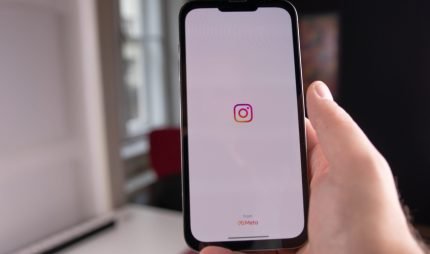There are good reasons why the potential clients of a web design company might assume they can forgo professional assistance. It’s not just that there are abundant design tools available. It’s also that the landscape of today’s internet makes it easy to see what a good web design company will create, and what users expect.
But crucially, good web design is not necessarily great web design. The best features of any given site are often difficult to see. And while there are some features and design elements that every user expects, the best sites will cater to the specific needs and preferences of a unique target audience.
These are the elements that an excellent web design company can provide, and they help to elevate a new website above a landscape that has been cluttered for many years already. When looking for such a company, clients should understand that expertise derives not just from recognizing what looks good on the web but from knowing how people behave when visiting a commercial website.
As I’ve mentioned in the past, the choice of color scheme is one way in which a web design company can exploit user psychology. But there are many other ways in which design elements and psychology interact. The overall architecture of a site can work in subtle ways to promote action and engagement on the part of the user at a moment when they are most susceptible to a site owner’s messaging. And a careful balance of positive and negative space can amplify that messaging in ways that aren’t apparent to the untrained eye.
If a professional web design company had nothing else to offer but a series of pretty web pages put together in the right order, most of the industry would probably be out of business by now. But among those companies that have stood the test of time, there are much more intricate and subtle skills on display. Clients may not see all of them when they glance at a company’s portfolio; but the long-term results of truly great web design speak for themselves.



